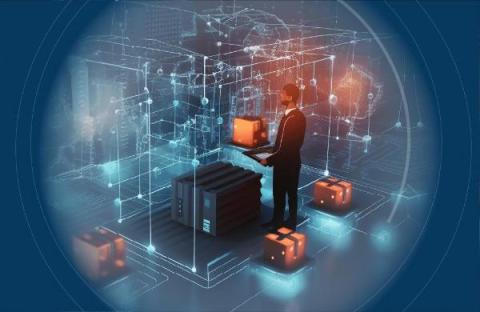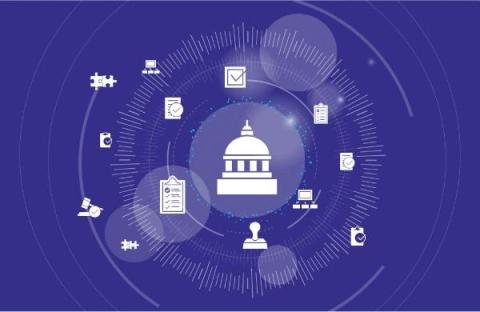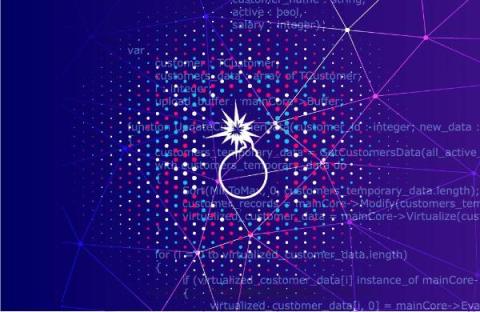How Software Supply Chain Security Regulation Will Develop, and What Will It Look Like?
The escalation of international legislative interest in regulating the software supply chain has led to an increasing likelihood that tools such as software bills of materials (SBOMs) and AppSec solutions will become essential for companies doing business in the public sector or in highly regulated industries. However, the process of building and enforcing effective regulations presents challenges as well.








